Home>Articles>What Does 3 Beeps Mean On A First Alert Carbon Monoxide Detector
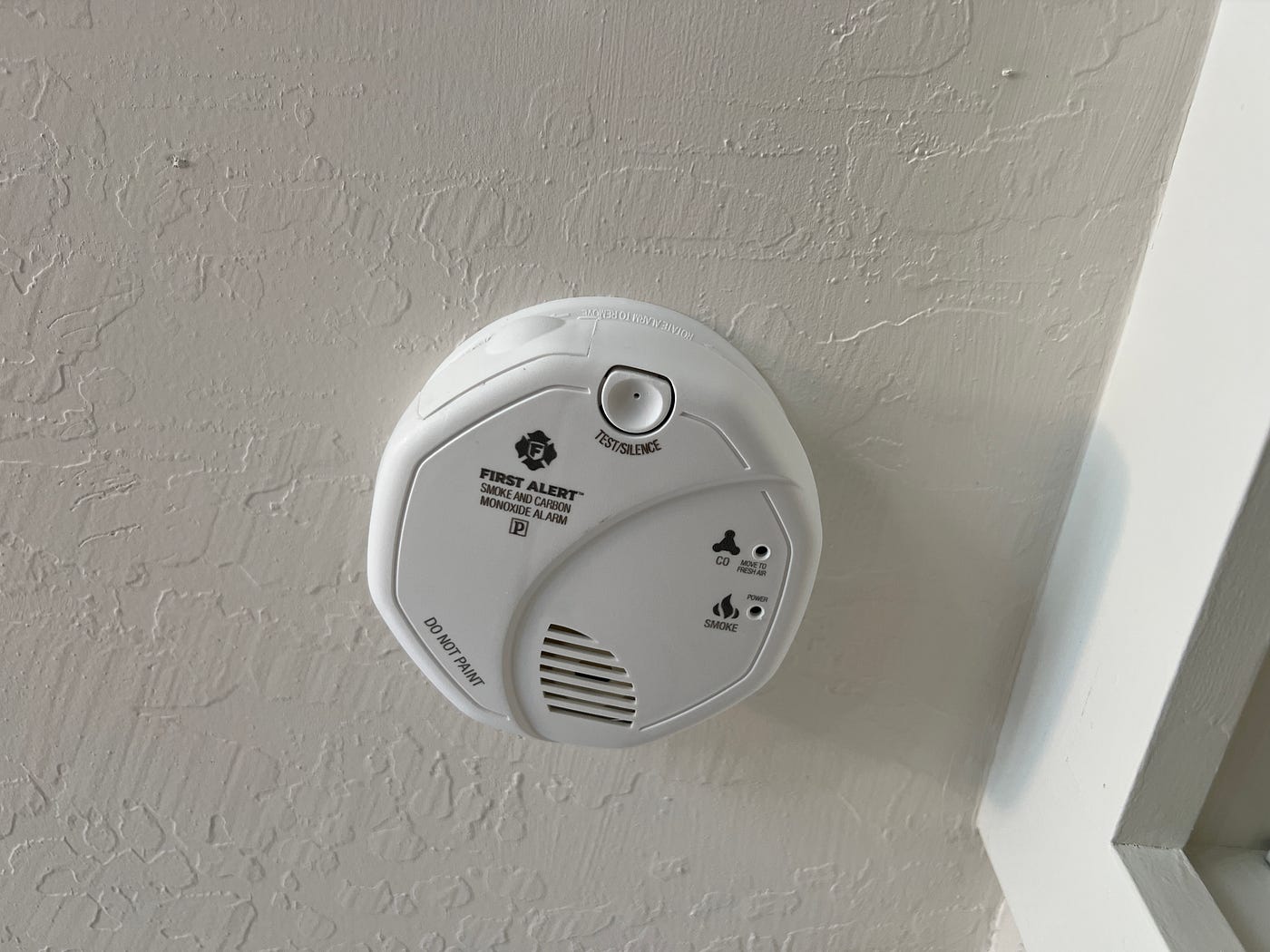

Articles
What Does 3 Beeps Mean On A First Alert Carbon Monoxide Detector
Modified: August 22, 2024
Learn what 3 beeps mean on a First Alert carbon monoxide detector and ensure your safety. Read insightful articles and find expert advice on handling carbon monoxide issues.
(Many of the links in this article redirect to a specific reviewed product. Your purchase of these products through affiliate links helps to generate commission for Storables.com, at no extra cost. Learn more)
Introduction
Carbon monoxide (CO) is a colorless, odorless, and tasteless gas that can be extremely dangerous if inhaled in large quantities. It is produced by the incomplete combustion of fuels such as gas, oil, coal, and wood. Inhalation of carbon monoxide can lead to severe health problems, and in some cases, it can be fatal.
That is why having a carbon monoxide detector in your home is of utmost importance. Carbon monoxide detectors are designed to detect the presence of CO in the air and alert you when levels reach dangerous levels. One prominent brand known for its reliable carbon monoxide detectors is First Alert.
Key Takeaways:
- Regular maintenance and testing of carbon monoxide detectors are crucial for ensuring their effectiveness in detecting harmful levels of carbon monoxide. Understanding beep patterns and promptly addressing issues are essential for home safety.
- First Alert’s carbon monoxide detectors, such as the CO606 model, offer advanced features like electrochemical sensors, audible alarms, and digital displays. Promptly addressing 3 beeps and seeking professional help when needed are vital for home safety.
Overview of the First Alert Brand
First Alert has been a leading provider of home safety products for over 60 years. They are known for their innovative and reliable devices, including smoke alarms, fire extinguishers, and carbon monoxide detectors. Their commitment to quality and safety has made them a trusted brand among homeowners and professionals alike.
First Alert offers a wide range of carbon monoxide detectors to suit different needs and preferences. Their detectors are designed to provide accurate and timely detection of carbon monoxide levels, ensuring the safety of you and your loved ones.
One of the popular models in the First Alert carbon monoxide detector lineup is the First Alert CO606. This detector features an electrochemical sensor that accurately detects low levels of carbon monoxide and provides an audible alarm when concentrations reach dangerous levels. It is equipped with a digital display that shows the current CO levels in parts per million (ppm) and a peak level memory that records the highest concentration detected.
In addition to the CO606, First Alert offers other models with different features such as battery-operated or plug-in options, interconnected alarms, and wireless connectivity to provide a comprehensive home safety solution.
When it comes to ensuring the safety of your home and family, First Alert is a brand you can trust. With their reliable carbon monoxide detectors and commitment to quality, you can have peace of mind knowing that you are taking the necessary precautions to protect yourself from the dangers of carbon monoxide.
Now that you have an overview of the importance of carbon monoxide detectors and an introduction to the First Alert brand, it is important to understand how these detectors work and how to interpret their alarm signals. Let’s dive into the details of carbon monoxide detectors and the meaning behind the specific alarm patterns they produce.
Understanding Carbon Monoxide Detectors
Carbon monoxide detectors are crucial devices that help protect you and your loved ones from the silent threat of carbon monoxide poisoning. Understanding how these detectors work and the importance of regular maintenance and testing is essential for ensuring their effectiveness in detecting harmful levels of carbon monoxide in your home.
Carbon monoxide detectors operate on the principle of chemical reactions. They contain sensors, typically electrochemical or biomimetic sensors, that are sensitive to carbon monoxide gas. When carbon monoxide is detected in the air, these sensors undergo a reaction that generates an electric current. This current triggers the alarm mechanism, alerting you to the presence of carbon monoxide in your home.
Regular maintenance of your carbon monoxide detector is crucial to ensure its proper functioning. It is recommended to follow the manufacturer’s guidelines for testing and replacing batteries. Most carbon monoxide detectors have a test button that allows you to check the functionality of the alarm. It is important to test your detector regularly, ideally every month, to ensure it is in proper working condition.
In addition to regular testing, it is vital to understand the lifespan of your carbon monoxide detector. Most detectors have a lifespan of 5-7 years, after which they may lose their sensitivity to carbon monoxide. It is crucial to replace your detector once it reaches its expiration date or if it does not pass the test.
Another crucial aspect of maintaining the effectiveness of your carbon monoxide detector is to frequently clean it. Dust and debris can accumulate on the sensors, hindering their ability to detect carbon monoxide accurately. Gently vacuuming or wiping the detector, following the manufacturer’s instructions, can help ensure optimal performance.
Regular testing, battery replacement, and cleaning are essential elements of maintaining the effectiveness of your carbon monoxide detector. By doing so, you can be confident in its ability to detect harmful levels of carbon monoxide and provide you with early warning signs.
Carbon monoxide is a silent killer, and its effects can be devastating. The importance of having a properly functioning carbon monoxide detector cannot be overstated. By understanding how these detectors work and the significance of regular maintenance and testing, you can take proactive steps to protect yourself and your family from the dangers of carbon monoxide poisoning.
Now that we have covered the basics of carbon monoxide detectors and the importance of maintenance, let’s delve into the specific features and specifications of the First Alert carbon monoxide detector, an exceptional choice for your home safety needs.
First Alert Carbon Monoxide Detector Overview
When it comes to carbon monoxide detectors, the First Alert brand is synonymous with reliability and innovation. Their carbon monoxide detectors are designed to provide accurate and timely detection of carbon monoxide levels in your home, ensuring the safety of you and your loved ones. Let’s take a closer look at the First Alert carbon monoxide detector model and explore its features and specifications.
The First Alert carbon monoxide detector model, such as the First Alert CO606, offers a range of features that make it an excellent choice for your home:
- Electrochemical Sensor: The CO606 detector is equipped with an advanced electrochemical sensor. This sensor is highly sensitive to carbon monoxide gas and can detect low levels of CO that may be present in your home.
- Audible Alarm: When carbon monoxide levels reach dangerous concentrations, the First Alert CO606 emits a loud, 85-decibel alarm. This alarm alert you and your family to the presence of carbon monoxide, giving you time to evacuate and seek fresh air.
- Digital Display: The CO606 features a digital display that shows the current carbon monoxide levels in parts per million (ppm). This display provides real-time information to help you understand the severity of the situation and make informed decisions.
- Peak Level Memory: The detector’s peak level memory function records and displays the highest concentration of carbon monoxide detected since the last reset. This feature allows you to identify any potential sources or patterns of carbon monoxide buildup in your home.
- Battery Operation: The CO606 operates on batteries, providing flexibility in installation and ensuring continued functionality even during power outages.
- Easy Installation: The detector is designed for easy installation, with simple mounting options and clear instructions.
In addition to these features, First Alert carbon monoxide detectors often come with a tamper-resistant locking feature to prevent unauthorized removal or disabling. Some models may also have additional features, such as interconnectivity with other smoke alarms and wireless communication capabilities for a comprehensive home safety network.
The First Alert brand is committed to providing reliable and high-quality carbon monoxide detection solutions to homeowners. Their carbon monoxide detectors undergo rigorous testing and meet industry standards to ensure accurate and dependable performance.
By choosing a First Alert carbon monoxide detector, you are investing in the safety of your home and your loved ones. With its advanced features and superior detection capabilities, you can have peace of mind knowing that you have a trusted partner in protecting your family from the dangers of carbon monoxide.
Now that we have explored the features and specifications of the First Alert carbon monoxide detector, let’s uncover the meaning behind specific alarm patterns, such as the 3 beeps, and learn what they indicate.
If your First Alert carbon monoxide detector is emitting 3 beeps, it may indicate a low battery. Replace the battery and test the detector to ensure it is functioning properly.
What Does 3 Beeps Mean?
Carbon monoxide detectors are designed to alert you to the presence of dangerous levels of carbon monoxide in your home. They use different beep patterns to communicate specific messages and indications. Understanding these beep patterns and their meanings is crucial for your safety. Let’s explore the different beep patterns and take a detailed look at what 3 beeps indicate.
Carbon monoxide detectors emit various beep patterns to differentiate between different levels of carbon monoxide concentration. Here are some common beep patterns and their meanings:
- Single Beep: A single beep every minute usually indicates low battery power. It is a signal that you should replace the batteries in your carbon monoxide detector.
- Intermittent Beeps: If you hear intermittent beeps every minute or so, it could mean that your carbon monoxide detector has reached the end of its life or is malfunctioning. In such cases, it is advisable to replace the detector.
- Continuous Beeping: Continuous beeping is a sign that your carbon monoxide detector has detected dangerous levels of carbon monoxide. You should immediately evacuate the premises and call emergency services or the appropriate authorities.
Now, let’s focus on the specific scenario of 3 beeps, as this is one of the common patterns that may indicate a significant issue with your carbon monoxide detector.
When your carbon monoxide detector emits 3 beeps, it often signifies a malfunction or error with the device. This could be due to a variety of reasons, including sensor failure, power supply issues, or a malfunction in the internal circuits of the detector.
If your carbon monoxide detector is producing 3 beeps, it is important to take immediate action. Start by checking the battery. Ensure it is properly inserted and replace it with a fresh battery if needed. If the beeping continues after replacing the battery, it is likely that there is a more significant underlying issue.
To troubleshoot the problem further, you can try resetting the carbon monoxide detector by turning it off and on again. If the problem persists or recurs, it is recommended to replace the detector entirely. A malfunctioning carbon monoxide detector may provide false readings or fail to alert you to actual carbon monoxide levels, compromising your safety.
Remember, carbon monoxide is a silent and deadly gas. If your carbon monoxide detector is malfunctioning or producing 3 beeps, it is crucial to address the issue promptly and ensure that your home is safe from carbon monoxide exposure.
If you have any concerns or questions regarding the beeping patterns or the functionality of your carbon monoxide detector, it is advisable to consult the manufacturer’s instructions or reach out to their customer support for guidance.
Now that we have covered what 3 beeps typically indicate, let’s move on to exploring troubleshooting steps and common solutions for resolving the 3 beeps problem.
Read more: Why Does Carbon Monoxide Detector Beeps
Troubleshooting Steps
If your carbon monoxide detector is emitting 3 beeps, indicating a malfunction or error, it is important to take immediate action to ensure the safety of your home and loved ones. Here is a step-by-step guide to troubleshooting the issue and common solutions for resolving the 3 beeps problem:
- Check the battery: The first step is to ensure that the battery in your carbon monoxide detector is properly inserted and has enough power. Replace the battery with a fresh one to rule out any battery-related issues.
- Reset the detector: Turn off the carbon monoxide detector and then turn it back on. This simple reset may resolve any temporary issues or errors.
- Clean the detector: Dust and debris can accumulate on the sensors of the carbon monoxide detector, leading to malfunctions. Use a soft brush or gently vacuum the detector to remove any built-up dust or debris.
- Check for obstructions: Make sure that there are no objects, curtains, or furniture blocking the vents or sensors of the carbon monoxide detector. Remove any potential obstructions that may hinder the detector’s ability to detect carbon monoxide accurately.
- Verify sensor expiration: Some carbon monoxide detectors have a limited lifespan for their sensors. Check the expiration date of the sensor and replace it if it has reached the end of its useful life.
- Replace the detector: If the troubleshooting steps above do not resolve the issue, it may be necessary to replace the carbon monoxide detector. Malfunctioning detectors can provide false readings or fail to detect dangerous levels of carbon monoxide, compromising your safety.
If the issue persists or if you are unsure about any safety concerns, it is recommended to contact the manufacturer’s customer support or a qualified technician for further assistance. They can provide specific guidance based on the model of your carbon monoxide detector and help you address the issue effectively.
Remember, the safety of your home and family is paramount, and a properly functioning carbon monoxide detector is essential to protect against the risks of carbon monoxide poisoning. Regular testing, maintenance, and prompt troubleshooting of any issues are crucial steps in ensuring reliable carbon monoxide detection.
Now that we have explored troubleshooting steps, let’s discuss when it may be necessary to seek professional help for carbon monoxide detector issues.
When to Seek Professional Help
While many issues with carbon monoxide detectors can be resolved through basic troubleshooting, there are certain situations where it is necessary to seek professional help. Here are some indications that the issue may require professional assistance:
- Repeated malfunction: If your carbon monoxide detector continues to emit 3 beeps or experiences frequent malfunctions even after troubleshooting, it may be a sign of a more complex issue. Professional technicians have the expertise to diagnose and resolve such problems.
- Expired warranty: If your carbon monoxide detector is still within the warranty period and the troubleshooting steps have not resolved the issue, it is advisable to reach out to the manufacturer’s customer support. They may provide further guidance or offer a replacement if necessary.
- Complex installations: If your carbon monoxide detector is part of an interconnected alarm system or requires complex wiring, it is recommended to seek assistance from a licensed technician who specializes in home safety installations. They can ensure proper installation and integration of your carbon monoxide detector with other alarms and systems.
- Suspected carbon monoxide leak: If you suspect a carbon monoxide leak in your home, it is crucial to evacuate immediately and contact emergency services. A professional technician can then assess the situation, identify the source of the leak, and rectify the problem to ensure your safety.
If you determine that professional help is necessary, there are a few options available. First, you can contact First Alert’s customer support, who will provide guidance specific to your model of carbon monoxide detector. They can assist you with troubleshooting steps, warranty information, and potential solutions.
Alternatively, you can reach out to a licensed technician who specializes in carbon monoxide detection and home safety. They have the knowledge and expertise to diagnose and resolve issues with carbon monoxide detectors, ensuring the safety of your home and family.
It is essential to prioritize your safety and the functionality of your carbon monoxide detector. Promptly addressing any issues or concerns through professional help can provide peace of mind and ensure the reliable detection of carbon monoxide in your home.
Now that we have explored when to seek professional help, let’s conclude with a recap of the importance of addressing carbon monoxide detector issues promptly and some final safety reminders.
Conclusion
In conclusion, carbon monoxide detectors play a vital role in protecting you and your loved ones from the dangers of carbon monoxide poisoning. It is essential to address any issues with your carbon monoxide detector promptly to ensure its effectiveness in detecting harmful levels of carbon monoxide in your home.
We began by emphasizing the importance of carbon monoxide detectors and the critical role they play in detecting this silent threat. We then explored the First Alert brand, renowned for its reliable home safety products, including carbon monoxide detectors.
Understanding how carbon monoxide detectors work and the significance of regular maintenance and testing is crucial. We discussed the various features and specifications of the First Alert carbon monoxide detector, highlighting its advanced sensors, audible alarm, digital display, and peak level memory.
Furthermore, we delved into the meaning of different beep patterns and specifically focused on the 3 beep pattern, which often indicates a malfunction or error. We provided a step-by-step troubleshooting guide and common solutions for resolving the 3 beeps problem, emphasizing the importance of promptly addressing such issues.
In some cases, seeking professional help may be necessary, especially if the problem persists, the warranty has expired, or complex installations are involved. We discussed the option of contacting First Alert customer support or reaching out to licensed technicians specialized in home safety.
In conclusion, it cannot be overstated how crucial it is to address carbon monoxide detector issues promptly. Regular testing, maintenance, and troubleshooting are essential for ensuring the reliable detection of carbon monoxide and safeguarding the well-being of your household.
Remember, carbon monoxide is a silent and deadly gas, which makes the proper functioning of your carbon monoxide detector paramount. Stay vigilant, prioritize safety, and don’t hesitate to seek professional assistance when needed.
By taking these steps and being proactive in addressing carbon monoxide detector issues, you can ensure a safer and healthier living environment for you and your loved ones.
Stay safe, stay informed, and protect against the dangers of carbon monoxide.
Frequently Asked Questions about What Does 3 Beeps Mean On A First Alert Carbon Monoxide Detector
Was this page helpful?
At Storables.com, we guarantee accurate and reliable information. Our content, validated by Expert Board Contributors, is crafted following stringent Editorial Policies. We're committed to providing you with well-researched, expert-backed insights for all your informational needs.
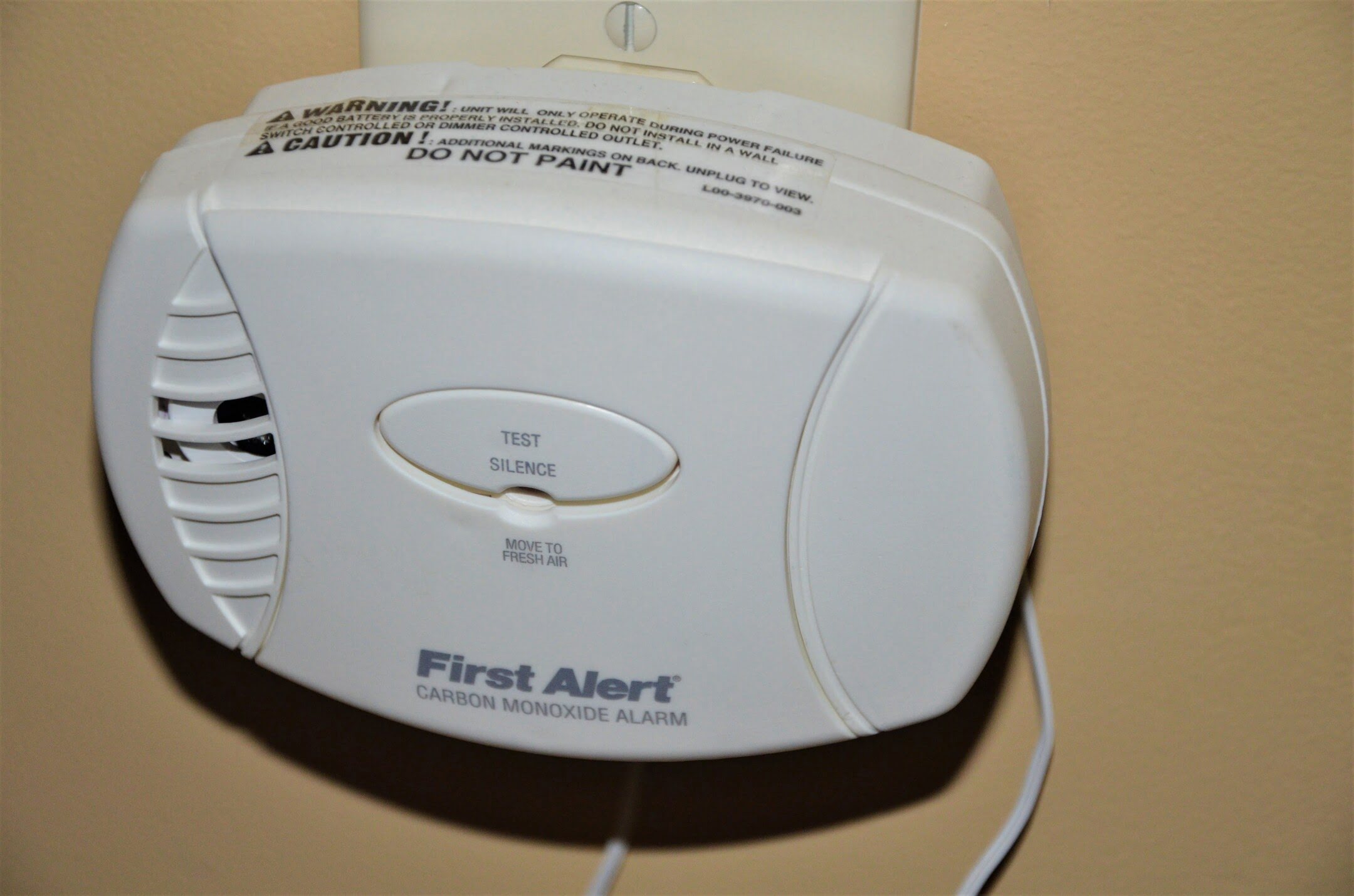
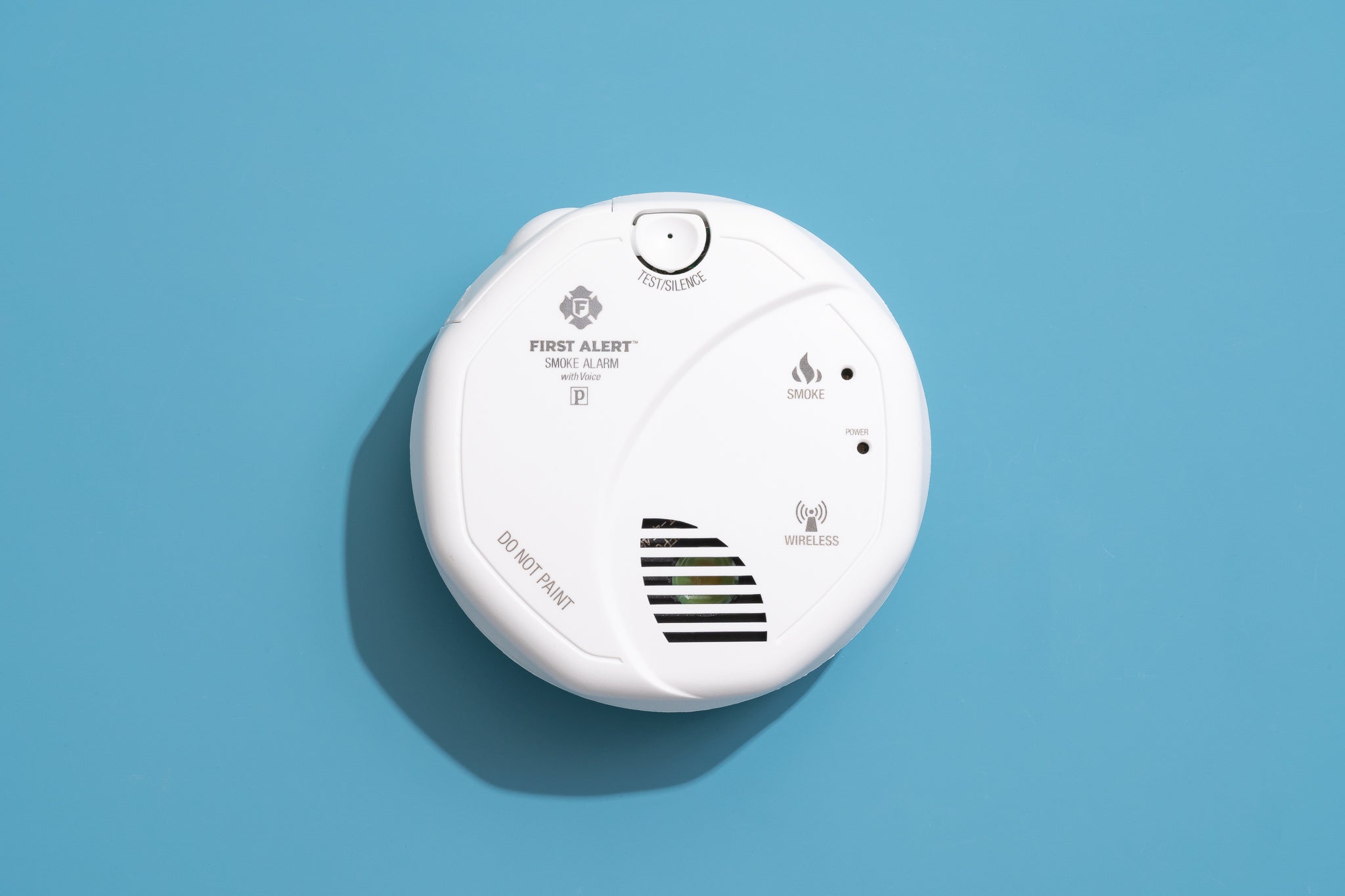
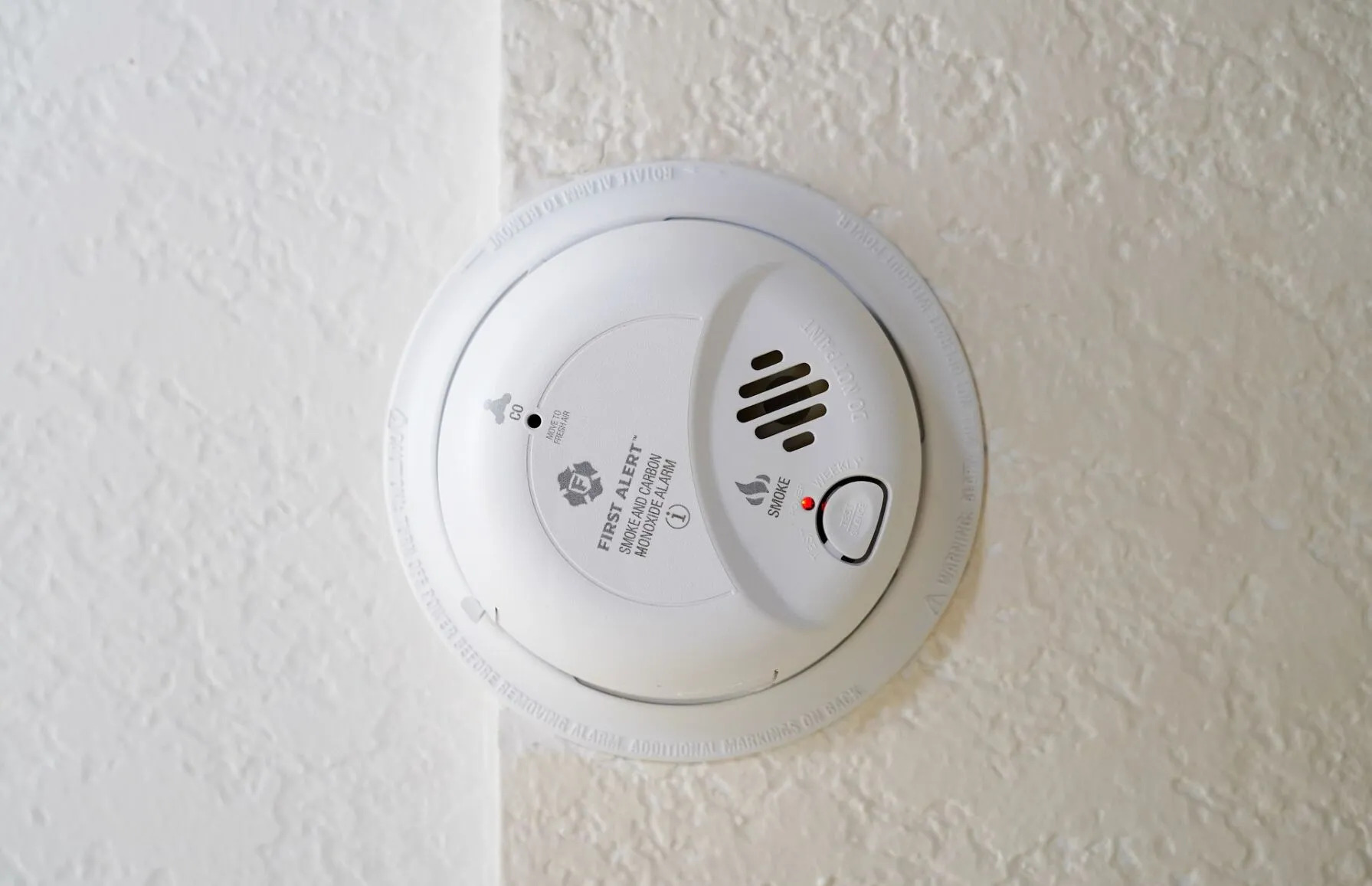
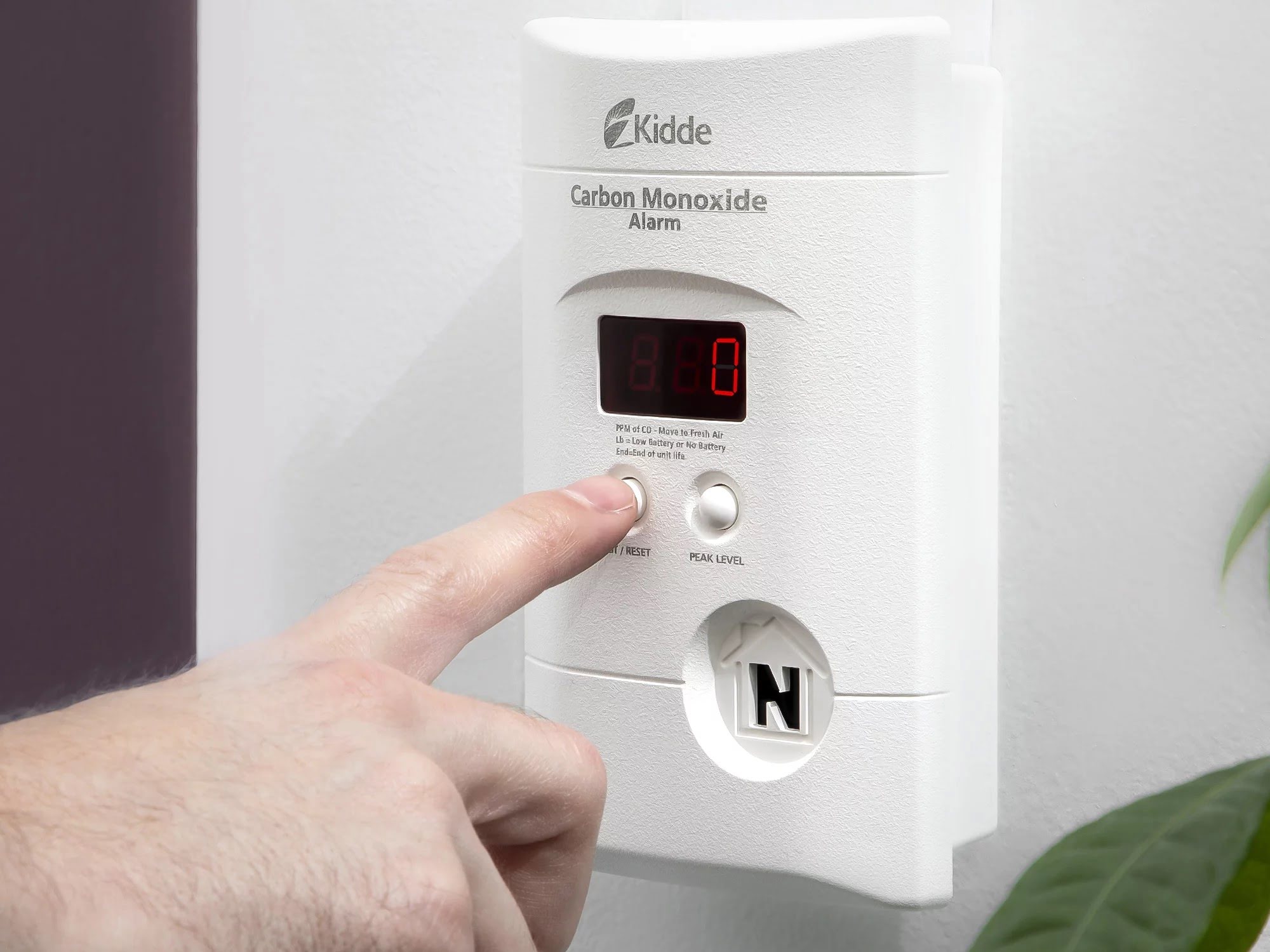
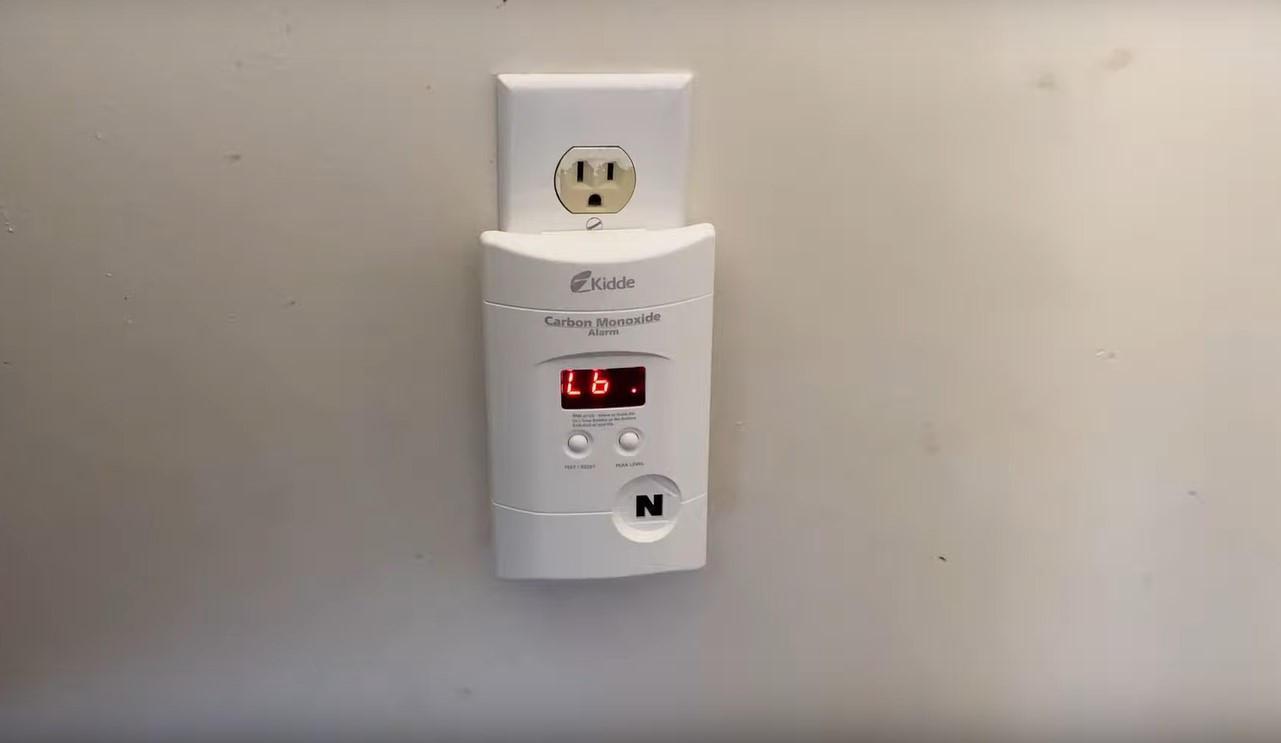
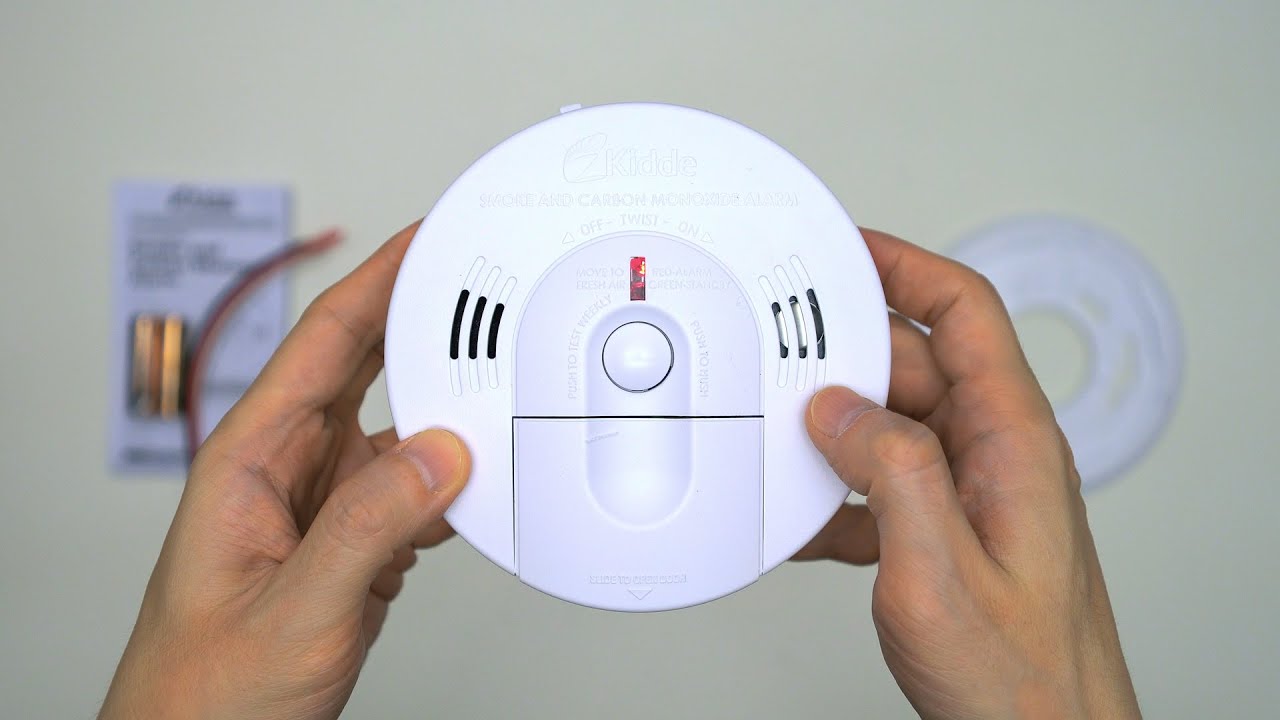
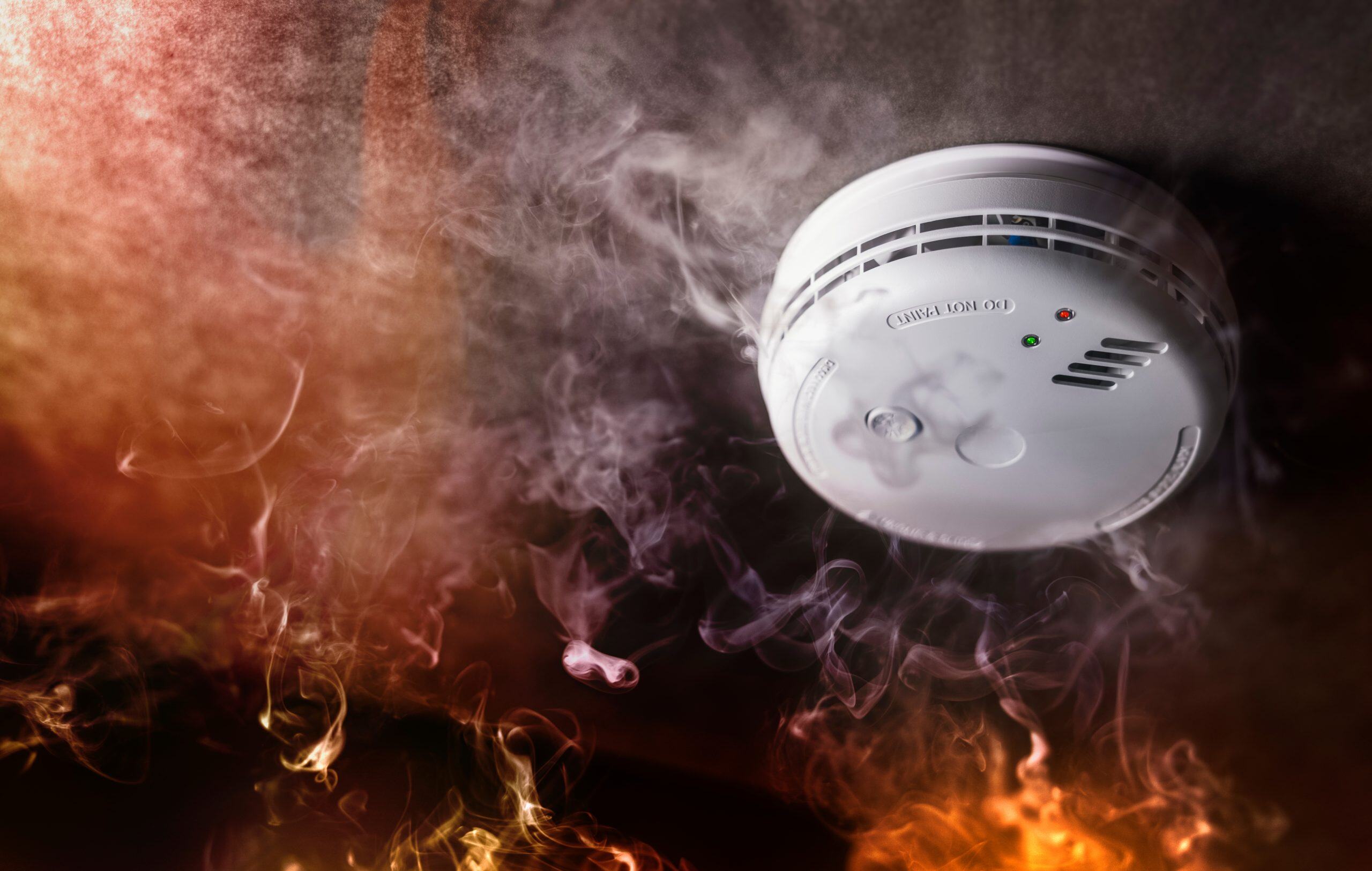
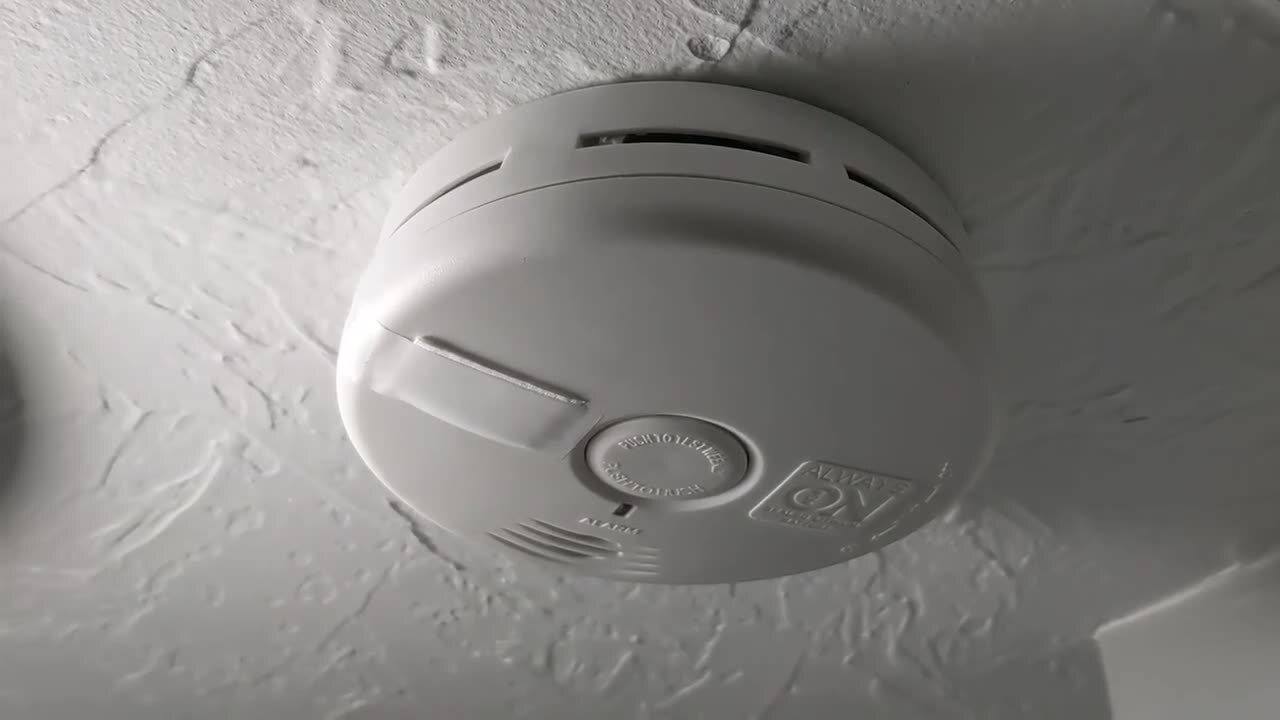
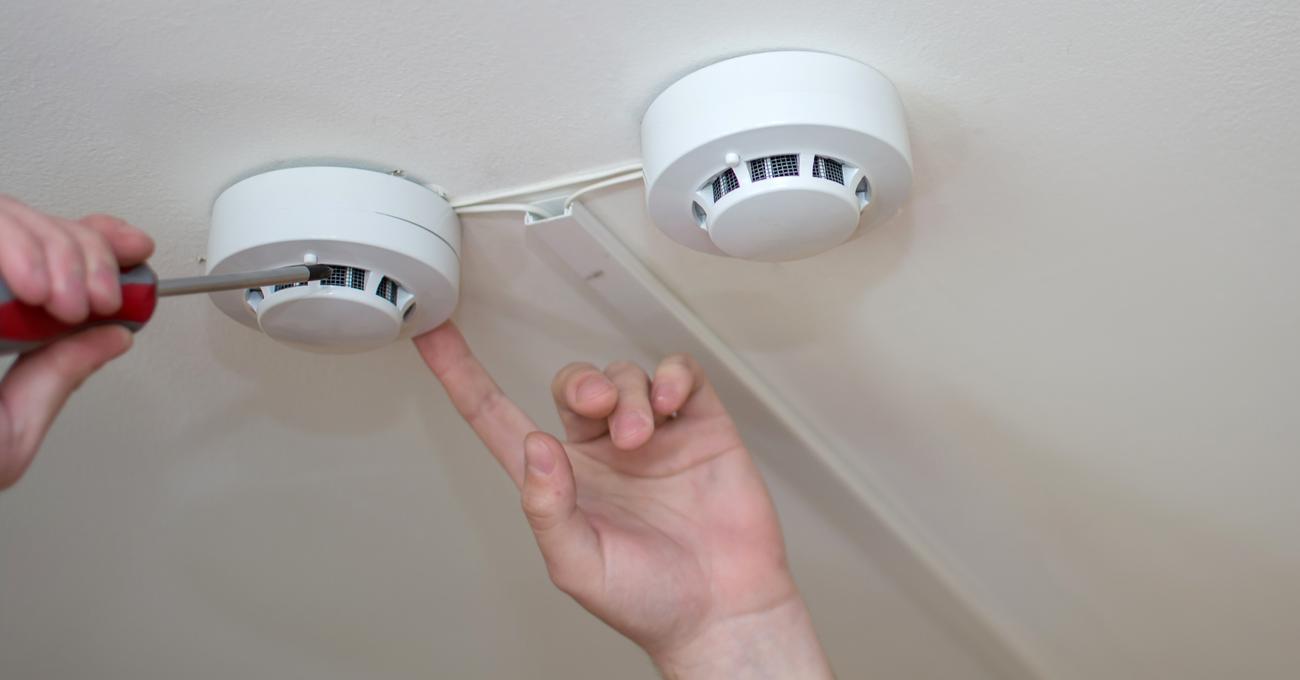

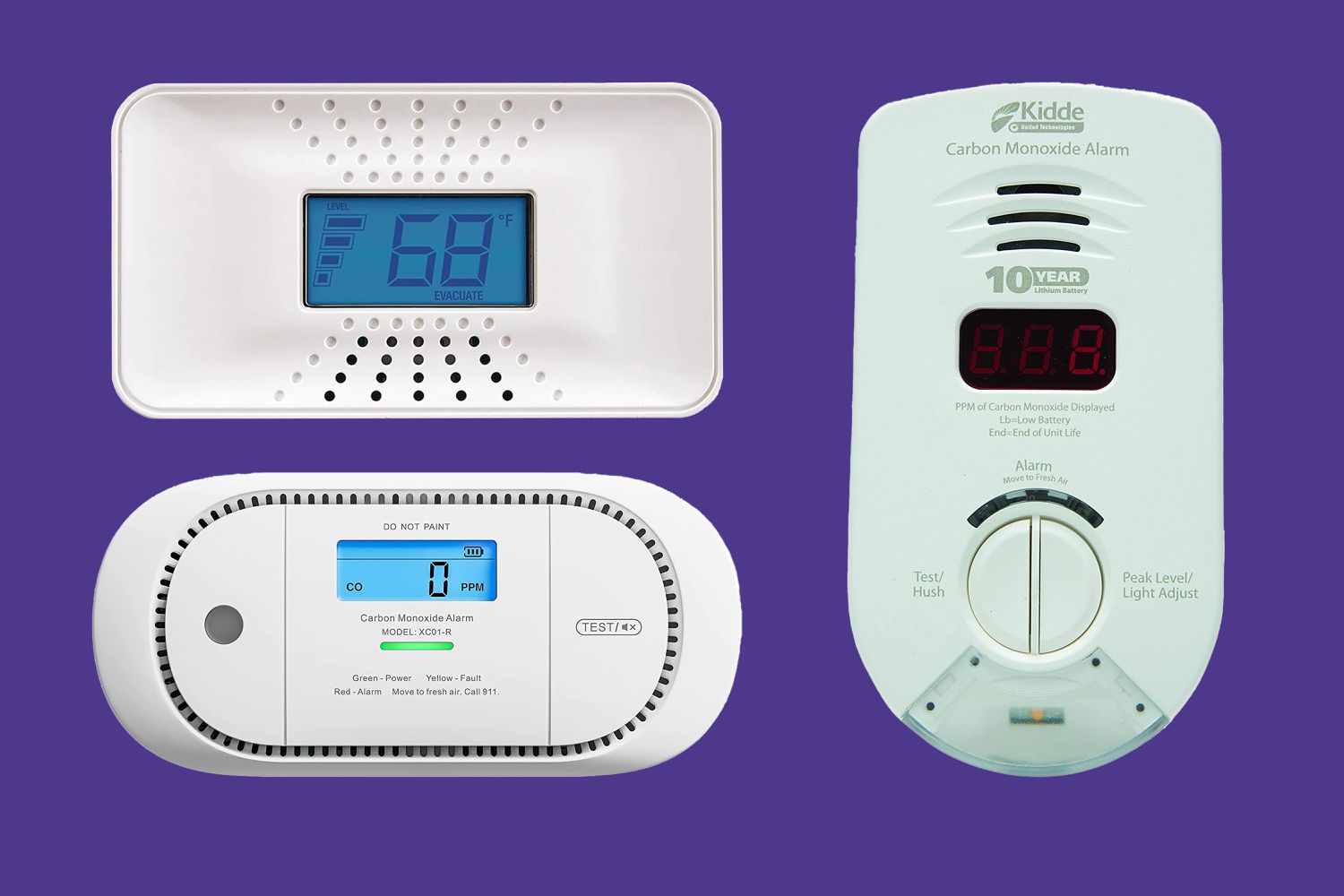
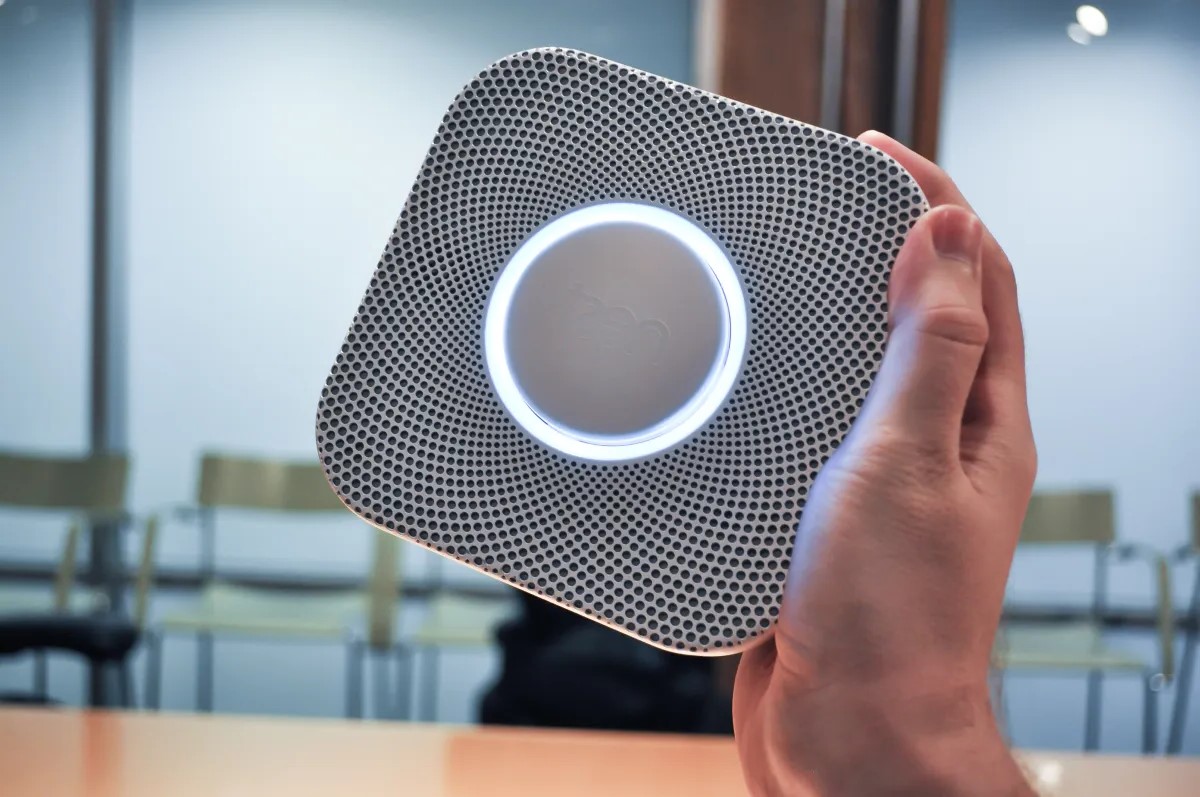
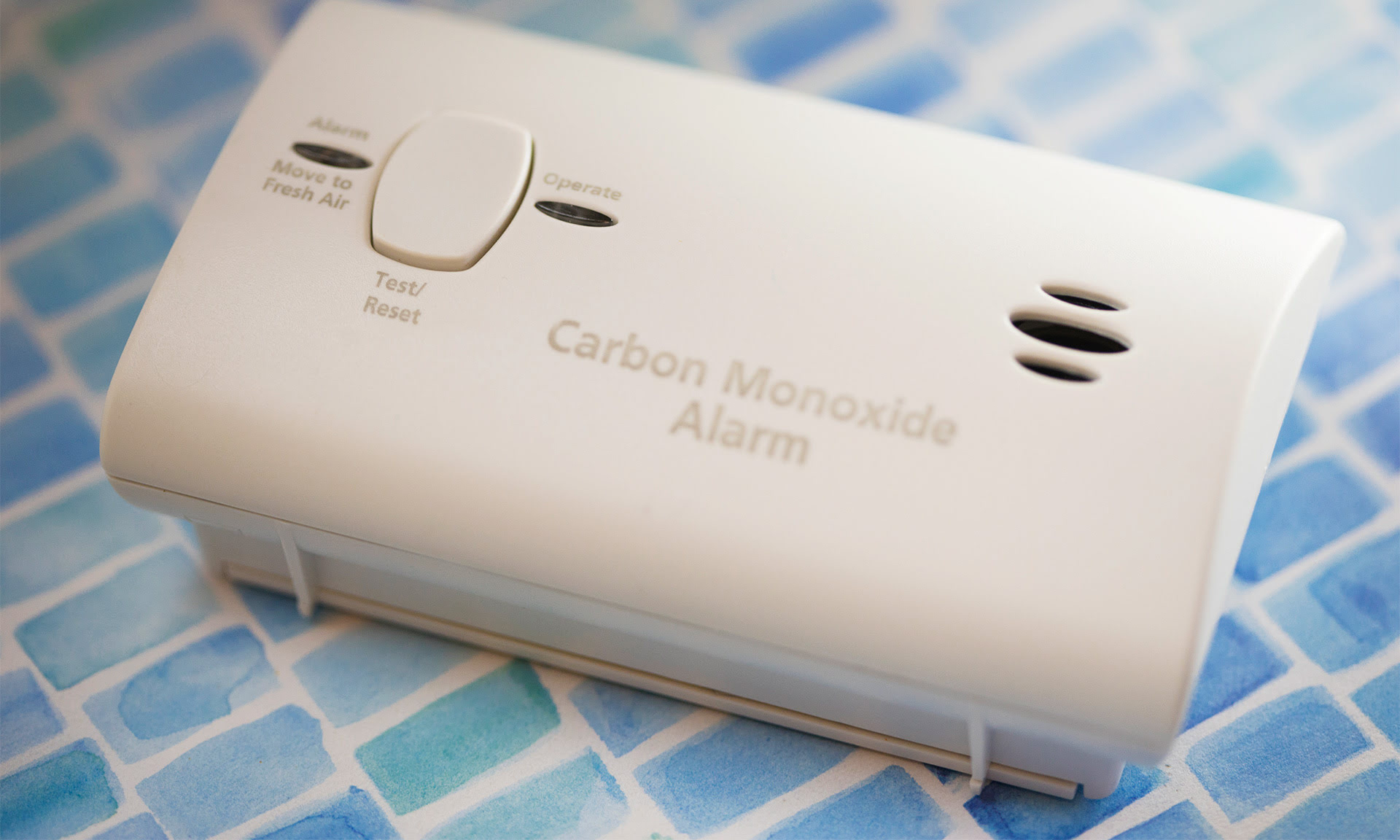
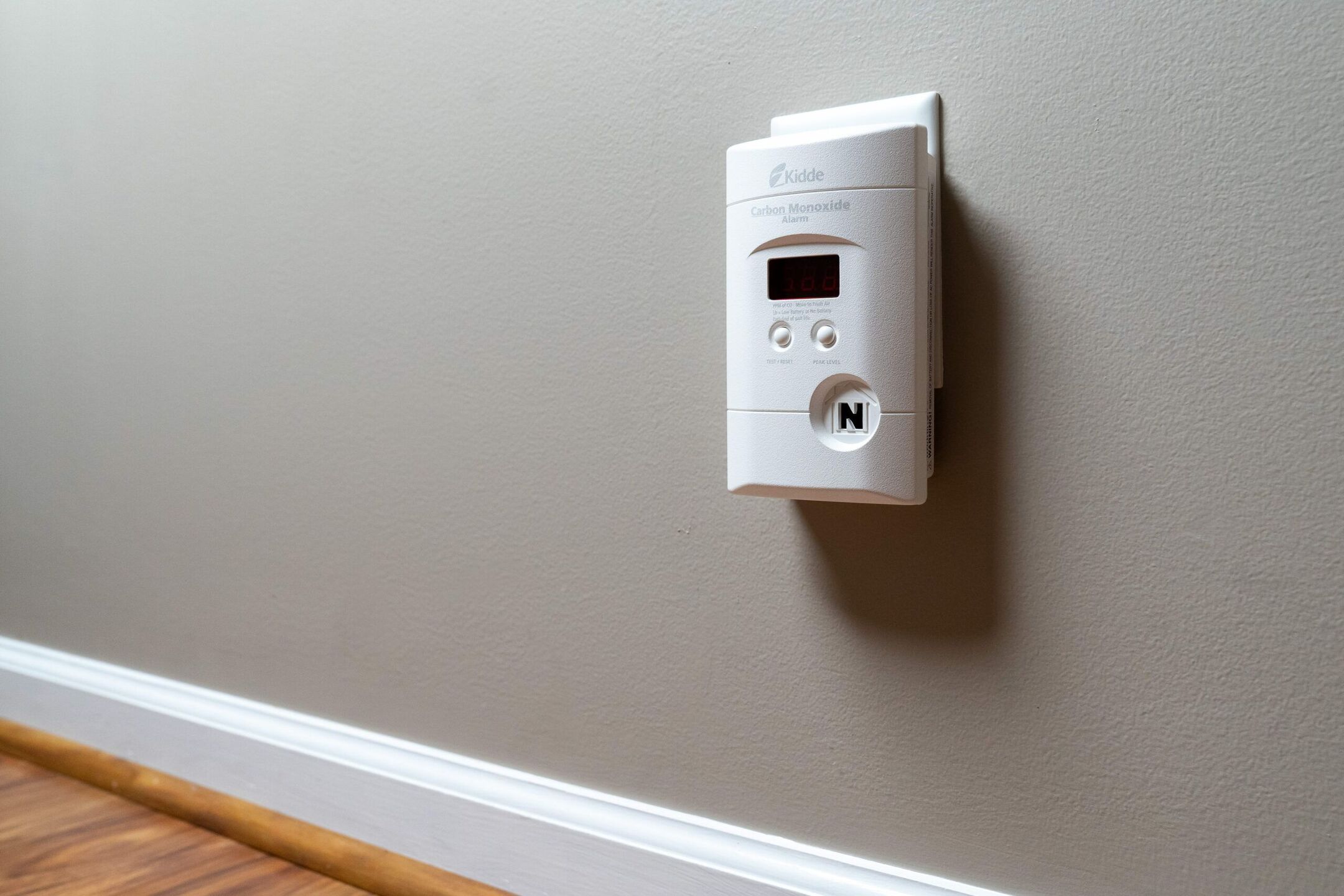

0 thoughts on “What Does 3 Beeps Mean On A First Alert Carbon Monoxide Detector”